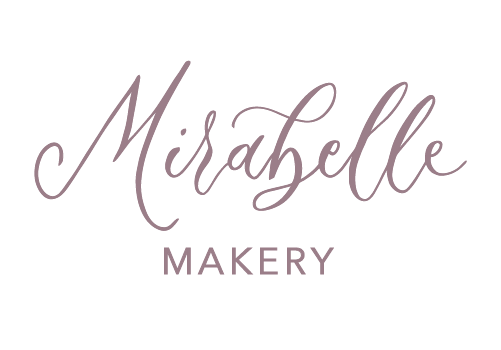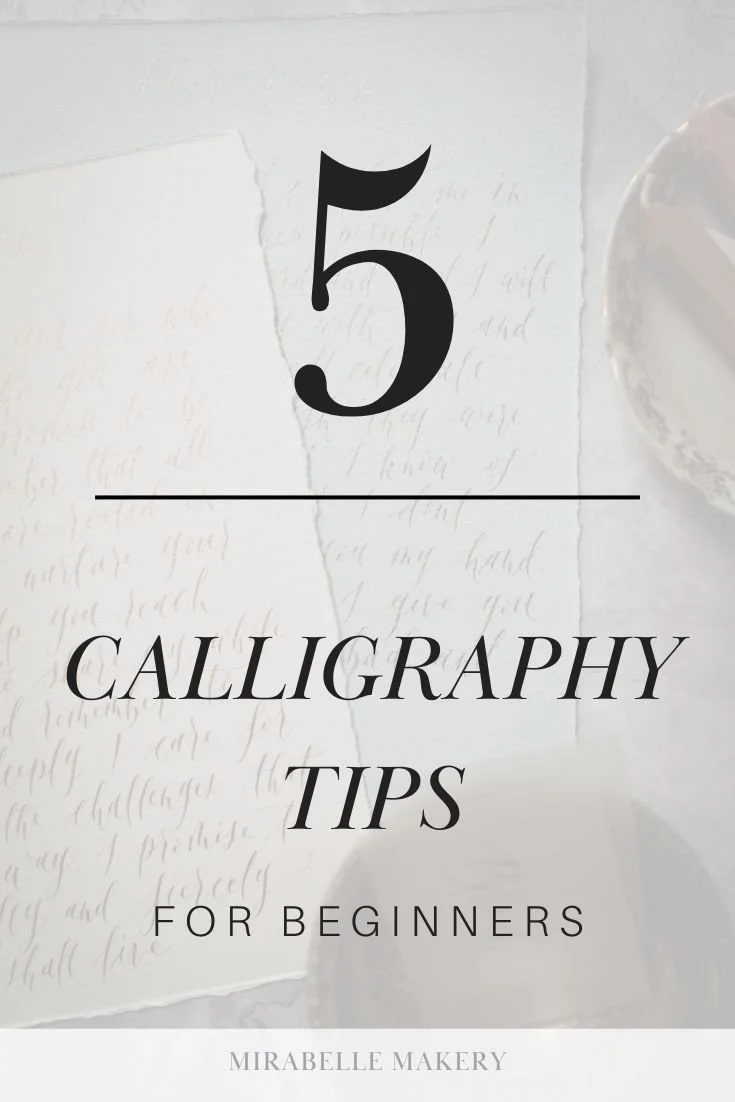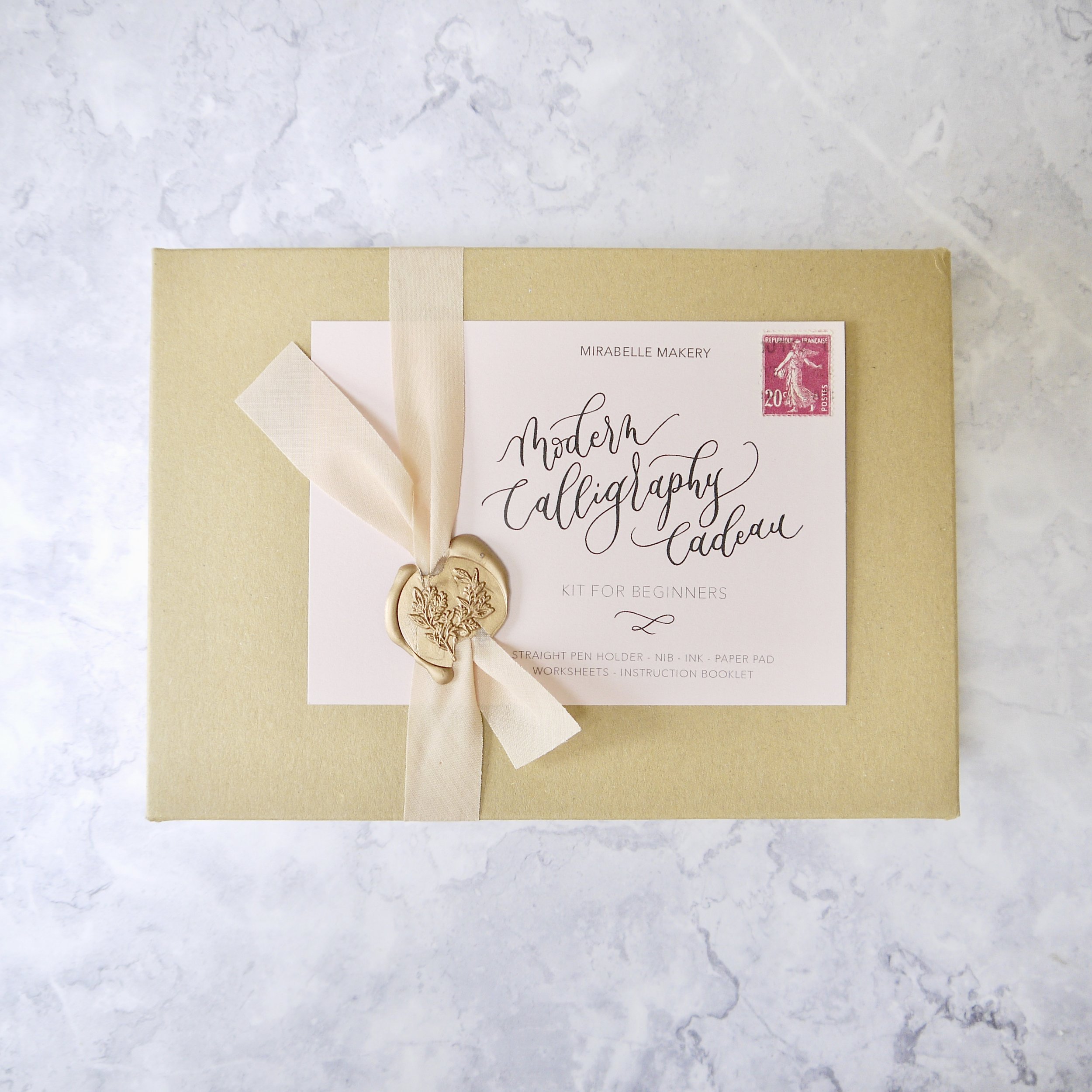5 Simple Tips to Stay on Track With Modern Calligraphy (Even When It Feels Frustrating)
Starting your modern calligraphy journey is exciting - but let’s be honest, it can also be a little overwhelming.
At first, it feels like you’re juggling all the things at once: figuring out how to hold the pen, controlling ink flow, practicing strokes... and trying not to smudge the whole page. One minute you're feeling confident, the next you’re dealing with inky blobs (where did that come from?) or wondering why there’s no ink at all - even though you’ve just dipped the nib.
And the relaxing hobby you hoped for? It’s starting to feel a bit… stressful.
But here’s the good news: in most cases, it only takes one small tweak to turn everything around. So if your calligraphy practice is feeling more frustrating than fun, these 5 simple - yet often overlooked - tips might be just what you need.
1. Clean Your Nib Regularly
Even if it looks clean, dried ink can build up quickly and cause problems with ink flow. A blocked nib might be why you’re getting inconsistent lines or no ink at all.
What to do:
During every practice session (not just at the end), give your nib a gentle clean. A little water and an old toothbrush work wonders for removing dried ink.
Beautiful letters start here.
Join the free email series and start learning modern calligraphy with a dip pen and ink - no experience needed!
2. Move From Your Shoulder, Not Your Wrist
This one sounds strange at first - but trust me, it makes a big difference.
Many beginners instinctively move from the wrist, but this can lead to shaky or uneven strokes. By moving your whole arm from the shoulder, your hand glides more smoothly across the page, which creates more consistent lines.
Try this:
Loosen up your arm and let your shoulder guide your strokes, especially for longer lines or curves.
3. Give Yourself Space to Move
It’s tempting to twist and turn your hand to adjust to the page - but you’ll have better control if you move the paper, not your hand.
Quick tip:
Slide your page up or across the table as you go, so your arm can move freely without awkward angles.
4. Practice Little and Often
You don’t need to block out hours of time to improve. In fact, short, focused practice sessions are often more effective - and far less frustrating.
Make it easy:
Aim for 10–15 minutes a few times a week. Keep it relaxed, go back to the basic strokes regularly, and you’ll build good habits that stick.
5. Challenge Yourself With Something New
It’s easy to fall into a routine, but trying something new - even something small - can boost your motivation and help you grow.
Ideas to try:
Write a new quote or name
Use a different ink color
Try a new style or nib size
A small creative stretch is often all it takes to get inspired again.
Final Thoughts
Modern calligraphy is a journey, and like any new skill, it takes time, patience, and a few tweaks along the way. If you’ve been feeling stuck or stressed, start with one of these tips and see what shifts.
Which one will you try first? Let me know in the comments - I’d love to hear how you get on!
Happy lettering,
✒️ Charlotte
















